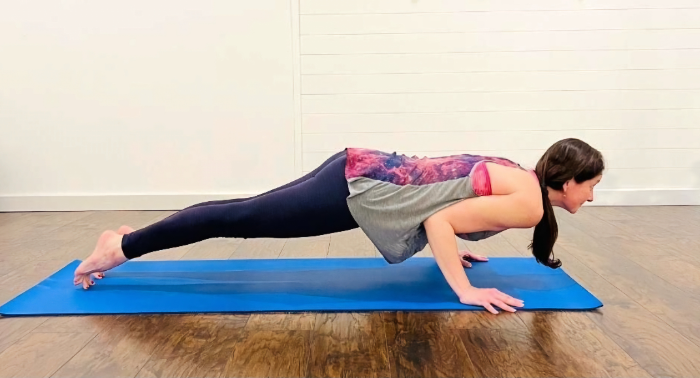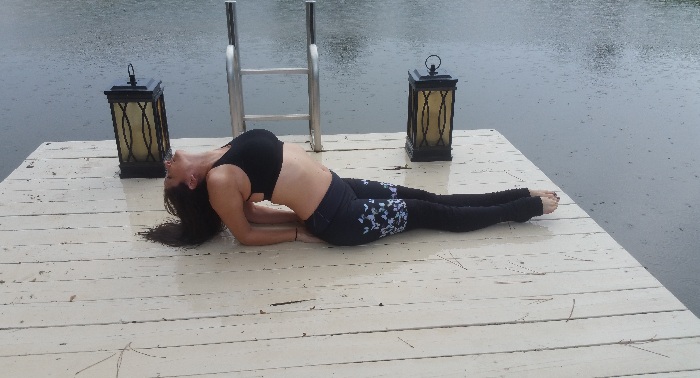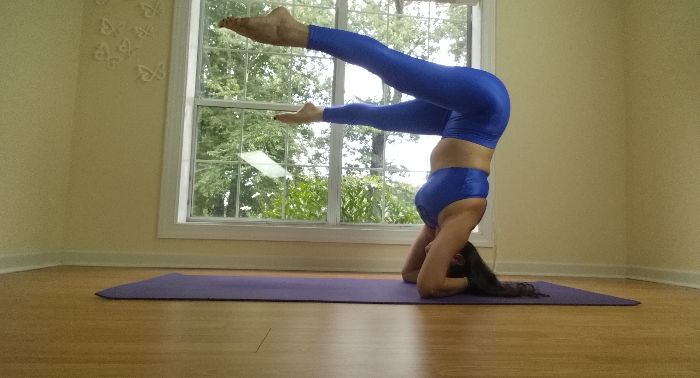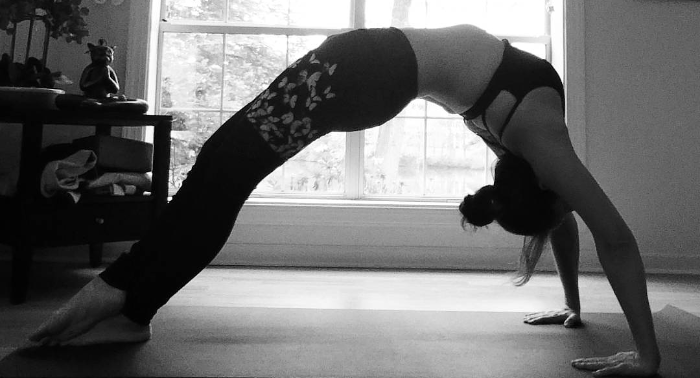What is the Arm Coupling Mechanism?

The arm coupling mechanism refers to the way both arms coordinate and work together as a connected system, especially during closed-chain movements — like when your hands are on the ground (think: Plank, Downward-Facing Dog, Chaturanga, or Crow Pose). In simpler terms, it’s about how the left and right arms influence each other through the shoulder girdle and upper back. When one arm moves or stabilizes, it affects how the other arm behaves. They're "coupled" through the body's kinetic chain.
Anatomy Breakdown (yoga-friendly)
- The arms connect to the scapulae (shoulder blades), which in turn connect to the thoracic spine via muscles and fascia.
- This whole system is part of the shoulder girdle, which allows motion but also transmits force and stability.
- In arm-supported poses, your arms aren’t isolated—they communicate through the shoulders, chest, and back.
Why It Matters in Yoga
- Promotes symmetry and stability
- Helps with joint alignment in shoulders, elbows, and wrists
- Prevents overloading one side of the body
- Builds awareness of imbalances
- Supports better integration of core and upper body
1. Downward-Facing Dog (Adho Mukha Svanasana)
-
Mechanism:In this pose, the arms push into the ground, while the
legs press back and the torso lengthens. The arms are actively
reaching forward, while the shoulder blades draw toward the spine,
allowing the upper back to stretch. The arm coupling mechanism here
involves engaging the shoulder girdle to stabilize the shoulders,
which in turn helps in distributing the weight evenly across the arms
and torso.
- Effect:This engages the arms and shoulders,
but also the core and legs, creating a full-body stretch and
strength-building experience.
2. Plank Pose
(Phalakasana)
- Mechanism: In plank, the arms and shoulders
work to hold the body in a straight line from head to heels. The arms
are pressing into the ground, with the forearms or hands actively
spreading the fingers to distribute weight evenly. At the same time,
the shoulders need to engage and press downward, while the core
remains active to avoid sagging in the lower back.
- Effect: The arm coupling mechanism helps stabilize the torso and hips, preventing the body from collapsing. The shoulder girdle needs to work together with the arms to maintain integrity and strength in the pose.
3. Chaturanga Dandasana
- Mechanism: In
Chaturanga, the arms bend as if in a push-up, lowering the body
toward the ground while maintaining a strong core and torso
alignment. The arm coupling mechanism here is particularly important
in engaging the shoulders and upper arms. The elbows need to hug the
ribs as the arms bend, and the shoulder blades must stay broad and
stabilized. The arms and shoulders must work together to lower the
body with control rather than collapsing or dropping too quickly.
-
Effect: The proper arm coupling in Chaturanga helps to protect
the shoulders from injury and engages the triceps, chest, and core
while building strength.
4. Crow Pose (Bakasana)
-
Mechanism: In Crow Pose, the arms must engage the shoulder
muscles to create a stable foundation for the body to rest on. The
elbows bend slightly, and the shoulders stay strong to support the
body’s weight. The arms and core must work together to lift and
balance the body. The arms and upper body need to be deeply connected
to shift weight into the hands without collapsing the chest or
sinking into the shoulders.
- Effect:This arm coupling mechanism strengthens the arms, shoulders, and core, allowing the practitioner to balance on their hands while keeping the body lifted and steady.
The arm coupling mechanism in yoga helps to integrate the arms, shoulders, torso, and core for efficient, effective movement and alignment. In each of the above poses, the arms do not work in isolation; they rely on the coordination of the entire upper body to provide strength, stability, and flexibility, ensuring the practitioner can maintain the correct posture while avoiding injury.




